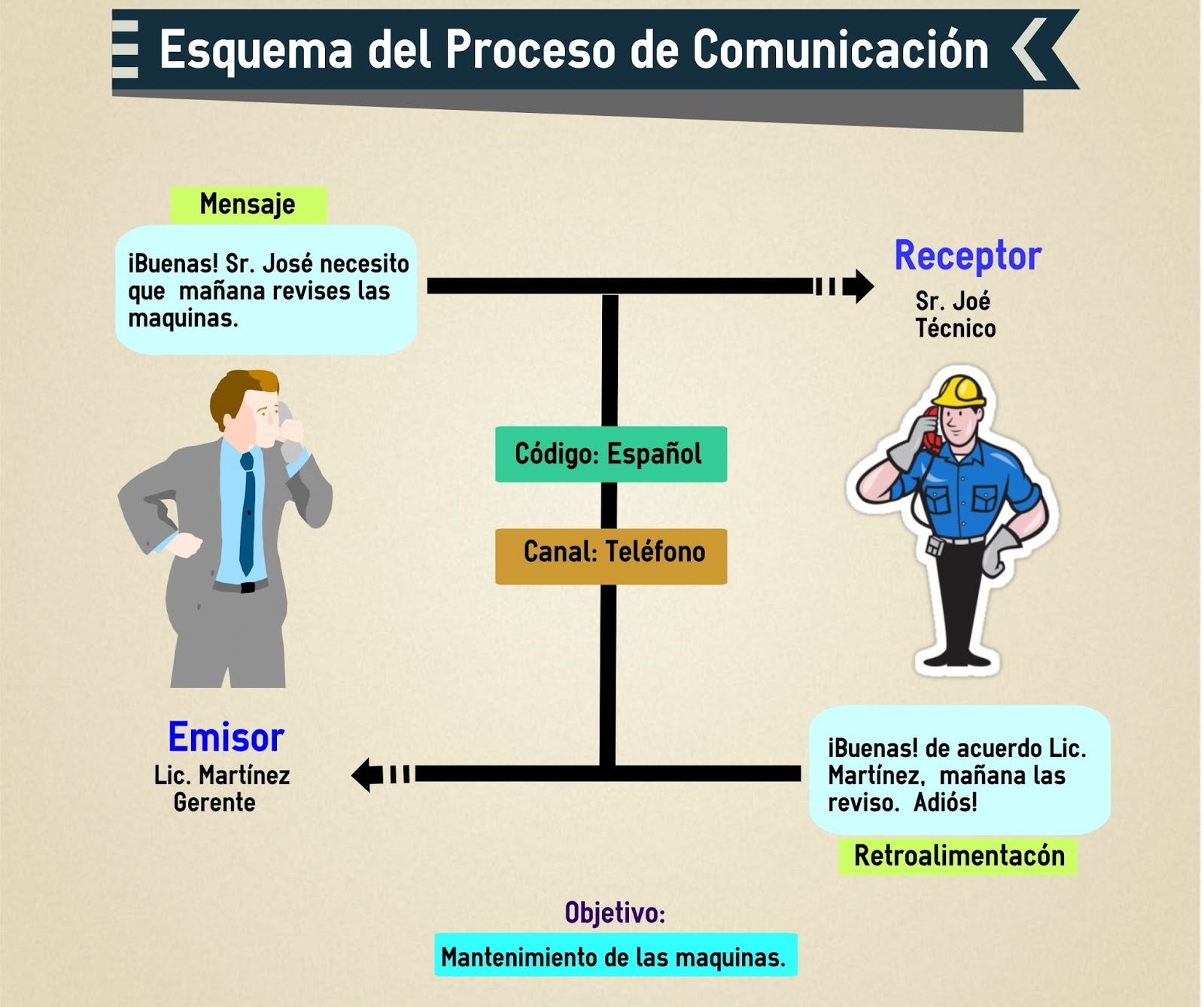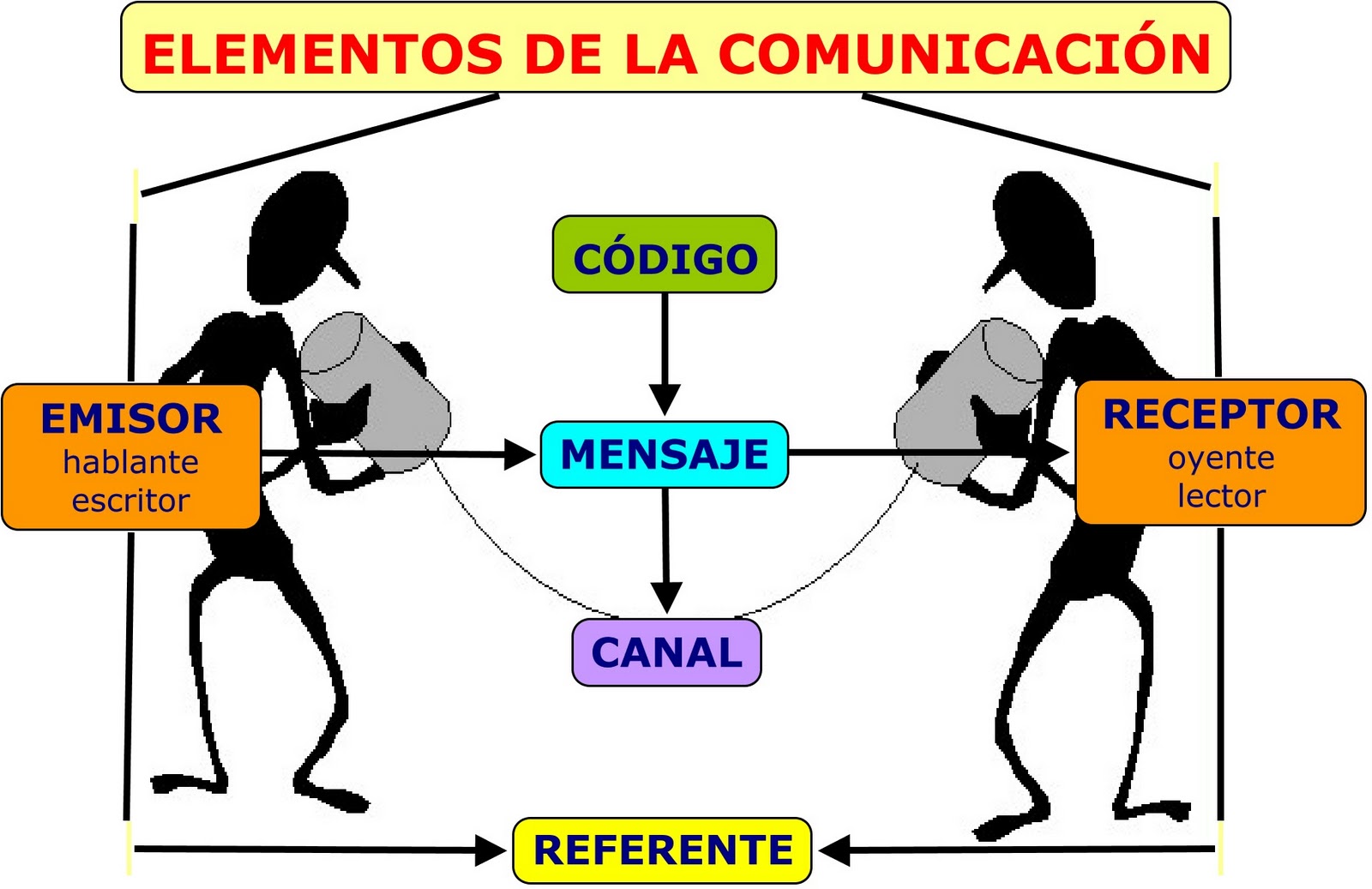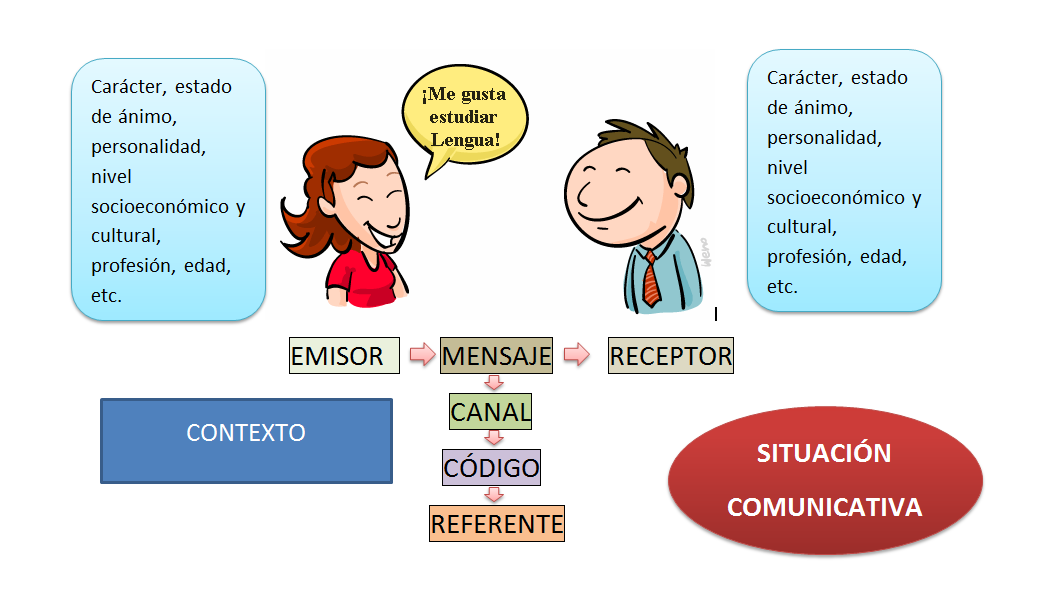What are examples of the communication process?
The communication process is the exchange of information between two or more people. It involves a sender, a receiver, a message, a channel, and feedback. Examples of the communication process include:
A conversation between two people A letter A phone call A text message A social media post
The communication process is important because it allows us to share information, ideas, and feelings with others. It helps us to build relationships, solve problems, and make decisions. The communication process has been studied by scholars for centuries, and there are many different theories about how it works.
In this article, we will explore the communication process in more detail. We will discuss the different elements of the communication process, the different types of communication, and the different factors that can affect communication.
Key Aspects of the Communication Process
The communication process is a complex one, involving multiple elements and factors. Here are five key aspects of the communication process:
- Sender: The person or entity that initiates the communication.
- Receiver: The person or entity that receives the communication.
- Message: The information that is being communicated.
- Channel: The medium through which the message is communicated.
- Feedback: The response from the receiver to the sender.
These five elements are essential for effective communication to take place. The sender must clearly encode the message, and the receiver must be able to decode it. The channel must be appropriate for the message, and feedback is essential for ensuring that the message has been understood.
The communication process can be affected by a variety of factors, including the relationship between the sender and receiver, the context in which the communication is taking place, and the presence of noise or interference.
Effective communication is essential for building relationships, solving problems, and making decisions. By understanding the key aspects of the communication process, we can improve our communication skills and become more effective communicators.
Sender
In the communication process, the sender is the person or entity that initiates the communication and has the intention of conveying a message to a receiver. The sender is responsible for encoding the message in a way that can be understood by the receiver.
- Role of the Sender: The sender plays a crucial role in the communication process, as they are the ones who determine the content, tone, and style of the message. They are also responsible for ensuring that the message is clear, concise, and appropriate for the audience.
- Examples of Senders: Senders can be individuals, groups, or organizations. In a conversation, the sender is the person who speaks first. In a letter, the sender is the person who writes the letter. In a social media post, the sender is the person who creates the post.
- Implications for Ejemplos del Proceso Comunicativo: Understanding the role of the sender is essential for analyzing communication processes. By identifying the sender, we can better understand their intentions, motivations, and biases. This information can help us to interpret the message more accurately and to respond in a way that is appropriate.
In conclusion, the sender is a key component of the communication process. By understanding the role of the sender, we can better understand how communication works and how to communicate more effectively.
Receiver
In the communication process, the receiver is the person or entity that receives the message from the sender. The receiver is responsible for decoding the message and interpreting its meaning.
The receiver plays a crucial role in the communication process, as they are the ones who determine the effectiveness of the communication. If the receiver does not understand the message, or if they misinterpret its meaning, then the communication has failed.
There are a number of factors that can affect the receiver's understanding of the message, including their knowledge, experience, and cultural background. It is important for the sender to consider the receiver when encoding the message, and to ensure that the message is clear, concise, and appropriate for the receiver's audience.
Ejemplos del Proceso Comunicativo
The concept of the receiver is essential for understanding the communication process. By identifying the receiver, we can better understand their needs and expectations, and tailor our message accordingly. This is especially important in cross-cultural communication, where the sender and receiver may have different cultural backgrounds and expectations.
For example, in a business communication, the sender should consider the receiver's job title, level of expertise, and cultural background when crafting the message. This will help to ensure that the message is clear, concise, and appropriate for the receiver's audience.
Conclusion
The receiver is a key component of the communication process. By understanding the role of the receiver, we can better understand how communication works and how to communicate more effectively.
Message
In the communication process, the message is the information that is being communicated from the sender to the receiver. The message can be verbal, nonverbal, or written. It can be intentional or unintentional, and it can be encoded in a variety of ways.
The Importance of the Message
The message is the most important component of the communication process. Without a message, there is no communication. The message is what the sender wants to convey to the receiver, and it is the receiver's job to decode the message and understand its meaning.
The message can be affected by a number of factors, including the sender's purpose, the receiver's expectations, and the context in which the communication is taking place. It is important for the sender to consider all of these factors when crafting the message.
Ejemplos del Proceso Comunicativo
The concept of the message is essential for understanding the communication process. By identifying the message, we can better understand the sender's intentions and the receiver's needs. This is especially important in cross-cultural communication, where the sender and receiver may have different cultural backgrounds and expectations.
For example, in a business communication, the message should be clear, concise, and appropriate for the receiver's audience. This may require the sender to adapt their language and tone to match the receiver's cultural expectations.
Conclusion
The message is a key component of the communication process. By understanding the importance of the message and how it can be affected by a number of factors, we can communicate more effectively and avoid misunderstandings.
Channel
The channel is the medium through which the message is communicated from the sender to the receiver. The channel can be verbal, nonverbal, or written. It can be face-to-face, through a telephone call, or through a text message. The choice of channel can have a significant impact on the effectiveness of the communication.
The Importance of the Channel
The channel is an important component of the communication process because it affects how the message is perceived by the receiver. For example, a message that is communicated verbally may be more persuasive than a message that is communicated in writing. This is because verbal communication allows for the use of tone of voice and body language, which can convey emotions and add nuance to the message.
Ejemplos del Proceso Comunicativo
The concept of the channel is essential for understanding the communication process. By identifying the channel, we can better understand the sender's intentions and the receiver's needs. This is especially important in cross-cultural communication, where the sender and receiver may have different cultural backgrounds and expectations.
For example, in a business communication, the choice of channel should be based on the receiver's preferences and the nature of the message. If the message is complex or sensitive, it may be better to communicate it in person or through a video call. If the message is simple and straightforward, it may be more efficient to communicate it through email or text message.
Conclusion
The channel is a key component of the communication process. By understanding the importance of the channel and how it can affect the effectiveness of the communication, we can communicate more effectively and avoid misunderstandings.
Feedback
Feedback is an essential component of the communication process. It allows the receiver to provide feedback to the sender, which can help to improve the effectiveness of the communication. Feedback can be verbal, nonverbal, or written. It can be positive or negative, and it can be used to clarify, elaborate, or correct the message.
There are many benefits to providing feedback. Feedback can help to:
- Improve understanding
- Resolve misunderstandings
- Build relationships
- Improve communication skills
- Increase productivity
In the context of "ejemplos del proceso comunicativo," feedback is essential for ensuring that the message has been understood and that the communication has been effective. Feedback can help to identify any misunderstandings or problems with the communication, and it can provide the sender with an opportunity to clarify or correct the message.
For example, in a business communication, feedback can help to ensure that the sender has understood the receiver's needs and that the message has been communicated in a clear and concise manner. Feedback can also help to identify any potential problems or obstacles that may prevent the communication from being effective.
By providing feedback, the receiver can help to improve the effectiveness of the communication and ensure that the message is understood and acted upon.
Frequently Asked Questions About "Ejemplos del Proceso Comunicativo"
This section provides answers to some of the most frequently asked questions about "ejemplos del proceso comunicativo." These questions and answers are intended to provide a better understanding of the communication process and its importance.
Question 1: What is the communication process?
The communication process is the exchange of information between two or more people. It involves a sender, a receiver, a message, a channel, and feedback.
Question 2: What are the key elements of the communication process?
The key elements of the communication process are the sender, the receiver, the message, the channel, and feedback.
Question 3: What is the importance of feedback in the communication process?
Feedback is an essential component of the communication process. It allows the receiver to provide feedback to the sender, which can help to improve the effectiveness of the communication.
Question 4: What are some examples of effective communication?
Some examples of effective communication include clear and concise language, active listening, and the use of appropriate nonverbal cues.
Question 5: What are some common barriers to effective communication?
Some common barriers to effective communication include noise, distractions, and cultural differences.
Question 6: How can I improve my communication skills?
You can improve your communication skills by practicing active listening, being clear and concise in your speech, and using appropriate nonverbal cues.
These are just a few of the most frequently asked questions about "ejemplos del proceso comunicativo." By understanding the communication process and its importance, you can improve your communication skills and become a more effective communicator.
Continue reading to learn more about the communication process and how to communicate more effectively.
Conclusin
En este artculo, hemos explorado los elementos clave del proceso comunicativo: el emisor, el receptor, el mensaje, el canal y la retroalimentacin. Tambin hemos discutido la importancia de cada elemento y cmo puede afectar a la eficacia de la comunicacin.
La comunicacin es un proceso complejo, pero es esencial para construir relaciones, resolver problemas y tomar decisiones. Al comprender los elementos clave del proceso comunicativo, podemos mejorar nuestras habilidades comunicativas y comunicarnos de manera ms eficaz.
Meaning And Definition Of Communication As A Noun
The Names Of The Three Wise Men Who Visited Jesus Explained
Essential Steps: Aspirate Before Injection For Optimal Safety

Comunicación Humana 1.3 Elementos del proceso de comunicación

COMUNICACION proceso de comunicacion

6° Grado Blog de clase EL PROCESO DE LA COMUNICACIÓN